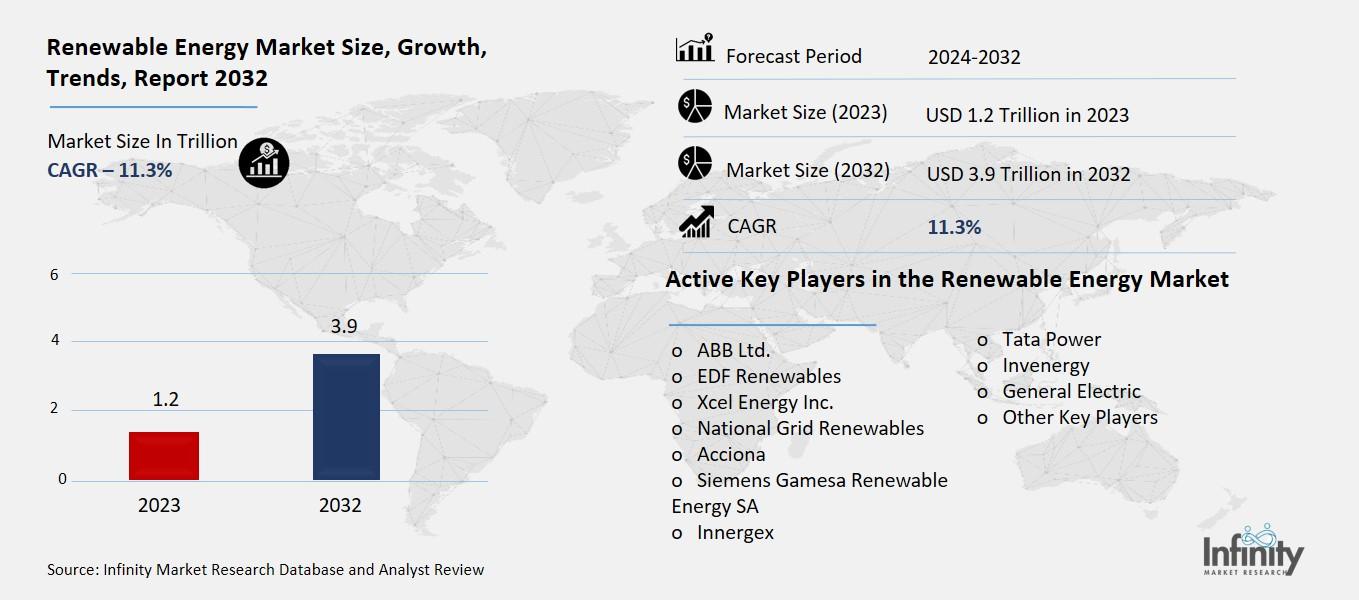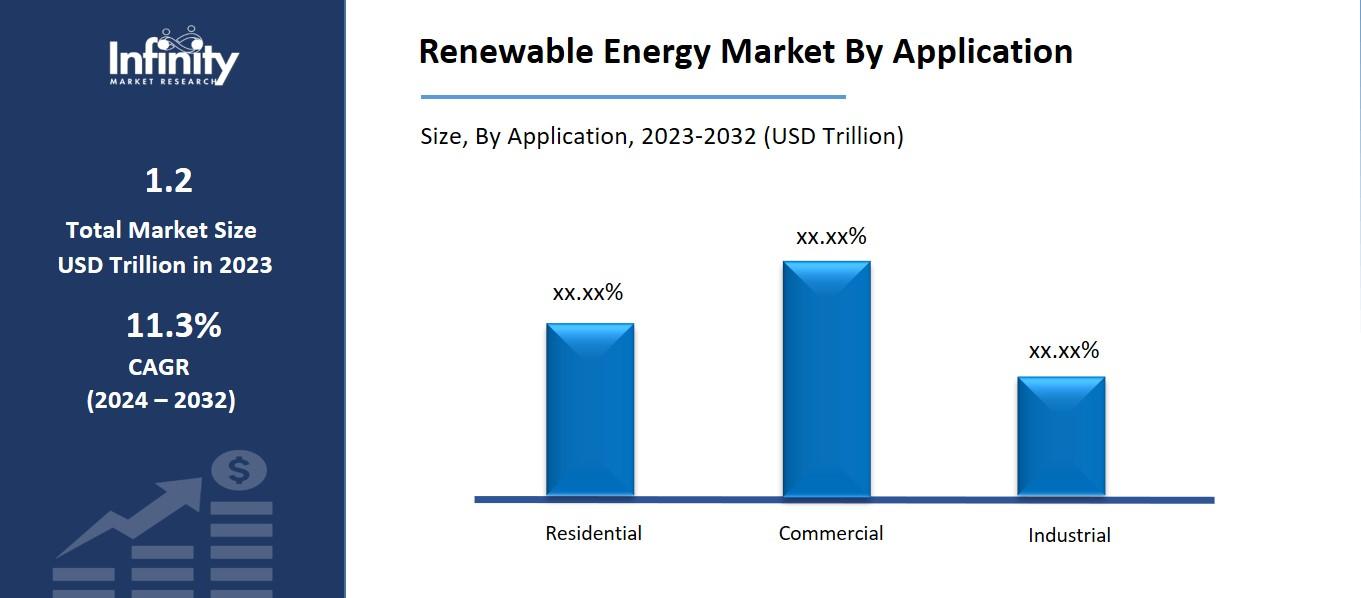
🔐 Secure Payment Guaranteed
Safe checkout with trusted global payment methods.
🌟 Why Choose Infinity Market Research?
At Infinity Market Research, we dont just deliver data — we deliver clarity, confidence, and competitive edge.
In a world driven by insights, we help businesses unlock the infinite potential of informed decisions.
Here why global brands, startups, and decision-makers choose us:
Industry-Centric Expertise
With deep domain knowledge across sectors — from healthcare and technology to manufacturing and consumer goods — our team delivers insights that matter.
Custom Research, Not Cookie-Cutter Reports
Every business is unique, and so are its challenges. Thats why we tailor our research to your specific goals, offering solutions that are actionable, relevant, and reliable.
Data You Can Trust
Our research methodology is rigorous, transparent, and validated at every step. We believe in delivering not just numbers, but numbers that drive real impact.
Client-Centric Approach
Your success is our priority. From first contact to final delivery, our team is responsive, collaborative, and committed to your goals — because you re more than a client; you re a partner.
Recent Reports
Global Myopia Control Lenses Market Report 2025-33
Hyaluronic Acid-based Dermal Fillers Market Report
Renewable Energy Market
Renewable Energy Market Global Industry Analysis and Forecast (2024-2032) by Sector (Hydropower, Ocean Energy, Wind Energy, Geothermal Energy, Solar Energy, and Bioenergy), Application (Residential, Commercial, and Industrial), and Region
Mar 2025
Energy and Power
Pages: 138
ID: IMR1900
Renewable Energy Market Synopsis
Renewable Energy Market Size Was Valued at USD 1.2 Trillion in 2023, and is Projected to Reach USD 3.9 Trillion by 2032, Growing at a CAGR of 11.3% From 2024-2032.
Sustainable energy solutions are in high demand worldwide and they therefore continue to grow rapidly in the renewable energy market as global demand, government interest and advances in technology push this section of the energy market. The most important sectors of the industry include solar, wind, hydro, geothermal, and bioenergy, and solar and wind energy lead the market owing to reduced cost of energy and improved efficiency. Countries around the globe are setting lofty goals to cut carbon emissions, which in turn is spurring investment in renewables.

Furthermore, advances in energy storage, grid integration, and hydrogen technology are making the case for renewables even stronger. Challenges such as supply chain constraints, intermittency issues, and high initial costs still exist, however. That said the long term outlook for the renewable energy market continues despite these challenges, with growth anticipated across the residential, commercial and industrial sides.
Renewable Energy Market Driver Analysis
Government Policies & Incentives
The act of reducing financial barriers through something like government subsidies, tax benefits, and renewable energy targets are extremely important in speeding up the domestic use of renewable energy in the world. The high initial costs of renewable energy projects are reduced through subsidies like grants and feed-in tariffs, making renewable energy generation more appealing to consumers and businesses alike. Tax benefits, including investment tax credits (ITC) and production tax credits (PTC) add onto profitability as they cut down overall project cost and improve return on investment. In addition, governments around the globe have established renewable energy targets that require a certain percentage of energy generated to come from clean sources, providing stability in policy direction to push private sector involvement. These measures not only facilitate the growth of solar, wind, and other renewable technologies, but they also further innovation, job creation, and economic growth in the clean energy sector.
Renewable Energy Market Restraint Analysis
Raw Material Supply Constraints
Rare earth metals and other critical materials are crucial inputs for the production of key technologies (e.g., wind turbines, solar panels, and battery storage systems) in the renewable energy industry. Elements such as neodymium, dysprosium and terbium are necessary for industrial magnets in wind turbines, whereas lithium, cobalt and nickel are essential for battery storage technologies. Yet this supply chain risk is subject to price volatility and production bottlenecks due to limited availability and uneven global distribution. The supply chain for so-called critical materials, such as is dominated by countries with huge reserves like China, creating worries over geopolitical dependencies and trade restrictions. The extraction and processing of these materials also pose ecological and moral dilemmas, making ethically sourced materials a challenge. To combat these challenges, new investments are being made in recycling technologies, new material substitutes, and improvements in energy storage to lessen reliance on scarce resources.
Renewable Energy Market Opportunity Analysis
Advancements in Energy Storage
Innovative battery technologies are crucial to improving RE reliability by resolving the intermittency of solar and wind energy. Energy storage systems, including lithium-ion, solid-state, and flow batteries, permit the storage of excess energy generated during high production hours for use during low generation hours. Academically, this indicates a stable and constant supply of energy, lowering reliance on fossil fuel systems. Improvements in battery efficiency, capacity and lifespan are reducing costs, so that storage solutions will become increasingly viable for use in grid-scale and residential applications. Moreover, several technologies have recently emerged that can potentially replace these batteries, which could lessen the need for rare materials such as lithium and cobalt. Innovations in battery technology will be critical for achieving grid stability and managing the growth in electric vehicles, as well as facilitating the integration of renewable energy across the global energy systems.
Renewable Energy Market Trend Analysis
Growth of Offshore Wind Farms
The offshore wind energy sector is experiencing significant growth as governments and private investors recognize its potential to generate large-scale renewable power. Offshore wind farms benefit from stronger and more consistent winds compared to onshore locations, resulting in higher energy output and improved efficiency. Advances in turbine technology, including larger rotor diameters and floating wind platforms, are making offshore installations more viable even in deep-sea areas. Additionally, many coastal regions with high energy demand, such as Europe, the U.S., and parts of Asia, are prioritizing offshore wind development to reduce reliance on fossil fuels. Governments are offering incentives, including subsidies, tax credits, and streamlined permitting processes, to encourage investment. As technology costs continue to decline and grid infrastructure improves, offshore wind is set to play a crucial role in the global transition to clean energy, contributing to decarbonization and energy security.
Renewable Energy Market Segment Analysis
The Renewable Energy Market is segmented on the basis of Type and application.
By Type
o Hydropower
o Ocean Energy
o Wind Energy
o Geothermal Energy
o Solar Energy
o Bioenergy
By Application
o Residential
o Commercial
o Industrial
By Region
o North America (U.S., Canada, Mexico)
o Eastern Europe (Bulgaria, The Czech Republic, Hungary, Poland, Romania, Rest of Eastern Europe)
o Western Europe (Germany, UK, France, Netherlands, Italy, Russia, Spain, Rest of Western Europe)
o Asia Pacific (China, India, Japan, South Korea, Malaysia, Thailand, Vietnam, The Philippines, Australia, New-Zealand, Rest of APAC)
o Middle East & Africa (Turkey, Bahrain, Kuwait, Saudi Arabia, Qatar, UAE, Israel, South Africa)
o South America (Brazil, Argentina, Rest of SA)
By Type, Hydropower segment is expected to dominate the market during the forecast period
The type discussed in this research study, the hydropower is projected to be the major segment of Renewable Energy Market during forecast period mainly due to the fact that hydropower is reliable, able to generate energy on a large scale, and can operate for an extended period. Hydropower plants can provide electricity generation 24 hours a day, whereas solar and wind are dependent on weather fluctuation. Pumped storage hydropower is also an efficient means of storing energy that helps to balance supply and demand on the electricity grid. The existing hydro infrastructure of several nations continues driving market growth through modernization to improve efficiency and capacity. Governments and energy companies are also funding small and micro-hydro projects to create even more access to renewable energy in remote areas. Amid growing global priorities to achieve both decarbonization and energy security, hydropower is a preferred option in the energy transition, preserving its leadership position in the renewable market.
By Application, the Industrial segment is expected to held the largest share
In terms of application, the Industrial segment is poised to witness biggest revenue in renewable energy market owing to rising adoption of clean energy across manufacturing, mining, and heavy industries. Businesses are moving to renewable energy options like solar, wind, and hydro in order to decrease carbon emissions, adhere to strict environmental regulations, and drive stimulation towards the bottom line in terms of long term energy costs. At the same time, there is growing interest among corporations in sustainability goals, leading them to enter power purchase agreements (PPAs) with renewable energy providers to lock in an affordable and stable source of energy. Chemicals and Automotive, Steel manufacturing are investing in integrating renewable energy to improve productivity and energy security. As industrial energy demand continues to increase and commitments to sustainability mount, the industrial segment is poised to be a major driver of growth within the renewable energy market.

Renewable Energy Market Regional Insights
Asia Pacific is Expected to Dominate the Market Over the Forecast period
Asia Pacific is projected to lead the renewable energy industry throughout the forecast timeframe because of the rapid industrialization, strong governance policies and rising investments in clean energy infrastructure. China, India, Japan and South Korea are moving to renewable energy with large-scale solar, wind and hydropower projects. China further develops its energy storage and grid at the same time it expands growth of its large-scale solar and wind capacity as the world’s largest renewable energy producer. India, too, is ramping up its renewable energy deployment with big targets and government-friendly incentives. Southeast Asian nations are also investing in clean energy to support growing electricity demand as they work to decrease reliance on fossil fuels. Asia Pacific will continue to be the dominant region in the renewable energy market as it enjoys supportive regulations, declining technology costs, and high energy demand.
Recent Development
In February 2024, Grew Energy unveiled its state-of-the-art solar PV modules at Intersolar, introducing its advanced ‘P-type’ and ‘N-type’ modules. This launch represents a major milestone in the development of sustainable energy solutions.
In June 2024, Nextra Energy partnered with Entergy to develop 4.5 GW of solar energy storage projects, strengthening their commitment to advancing renewable energy solutions.
Active Key Players in the Renewable Energy Market
o ABB Ltd.
o EDF Renewables
o Xcel Energy Inc.
o National Grid Renewables
o Acciona
o Siemens Gamesa Renewable Energy SA
o Innergex
o Tata Power
o Invenergy
o General Electric
o Other Key Players
Global Renewable Energy Market Scope
|
Global Renewable Energy Market | |||
|
Base Year: |
2023 |
Forecast Period: |
2024-2032 |
|
Historical Data: |
2017 to 2023 |
Market Size in 2023: |
USD 1.2 Trillion |
|
Forecast Period 2024-32 CAGR: |
11.3% |
Market Size in 2032: |
USD 3.9 Trillion |
|
Segments Covered: |
By Type |
· Hydropower · Ocean Energy · Wind Energy · Geothermal Energy · Solar Energy · Bioenergy | |
|
By Application |
· Residential · Commercial · Industrial | ||
|
By Region |
· North America (U.S., Canada, Mexico) · Eastern Europe (Bulgaria, The Czech Republic, Hungary, Poland, Romania, Rest of Eastern Europe) · Western Europe (Germany, UK, France, Netherlands, Italy, Russia, Spain, Rest of Western Europe) · Asia Pacific (China, India, Japan, South Korea, Malaysia, Thailand, Vietnam, The Philippines, Australia, New-Zealand, Rest of APAC) · Middle East & Africa (Turkey, Bahrain, Kuwait, Saudi Arabia, Qatar, UAE, Israel, South Africa) · South America (Brazil, Argentina, Rest of SA) | ||
|
Key Market Drivers: |
· Government Policies & Incentives | ||
|
Key Market Restraints: |
· Raw Material Supply Constraints | ||
|
Key Opportunities: |
· Advancements in Energy Storage | ||
|
Companies Covered in the report: |
· ABB Ltd., EDF Renewables, Xcel Energy Inc., National Grid Renewables, and Other Major Players. | ||
📘 Frequently Asked Questions
1. What would be the forecast period in the Renewable Energy Market Research report?
Answer: The forecast period in the Renewable Energy Market Research report is 2024-2032.
2. Who are the key players in the Renewable Energy Market?
Answer: ABB Ltd., EDF Renewables, Xcel Energy Inc., National Grid Renewables, and Other Major Players.
3. What are the segments of the Renewable Energy Market?
Answer: The Renewable Energy Market is segmented into Sectors, Applications, and Regions. By Type, the market is categorized into Hydropower, Ocean Energy, Wind Energy, Geothermal Energy, Solar Energy, and Bioenergy. By Application, Residential, Commercial, and Industrial. By Region, it is analyzed across North America (U.S.; Canada; Mexico), Eastern Europe (Bulgaria; The Czech Republic; Hungary; Poland; Romania; Rest of Eastern Europe), Western Europe (Germany; UK; France; Netherlands; Italy; Russia; Spain; Rest of Western Europe), Asia-Pacific (China; India; Japan; Southeast Asia, etc.), South America (Brazil; Argentina, etc.), Middle East & Africa (Saudi Arabia; South Africa, etc.).
4. What is the Renewable Energy Market?
Answer: The renewable energy market is the global market for energy coming into being based on sustainable resources like sun, wind, hydro, geothermal and biomass. This includes the companies, technologies, and infrastructure used to produce clean energy while lowering dependency on fossil fuels. The renewable energy market is being fueled by everything from government policies to environmental concerns to technological advances. Market Players: Energy producers, equipment manufacturers, technology developers, service providers. Energy market also consists of energy storage systems, as well as smart grid to enhance efficiency and reliability.
5. How big is the Renewable Energy Market?
Answer: Renewable Energy Market Size Was Valued at USD 1.2 Trillion in 2023, and is Projected to Reach USD 3.9 Trillion by 2032, Growing at a CAGR of 11.3% From 2024-2032.


🔐 Secure Payment Guaranteed
Safe checkout with trusted global payment methods.
🌟 Why Choose Infinity Market Research?
- Accurate & Verified Data:Our insights are trusted by global brands and Fortune 500 companies.
- Complete Transparency:No hidden fees, locked content, or misleading claims — ever.
- 24/7 Analyst Support:Our expert team is always available to help you make smarter decisions.
- Instant Savings:Enjoy a flat $1000 OFF on every report.
- Fast & Reliable Delivery:Get your report delivered within 5 working days, guaranteed.
- Tailored Insights:Customized research that fits your industry and specific goals.




